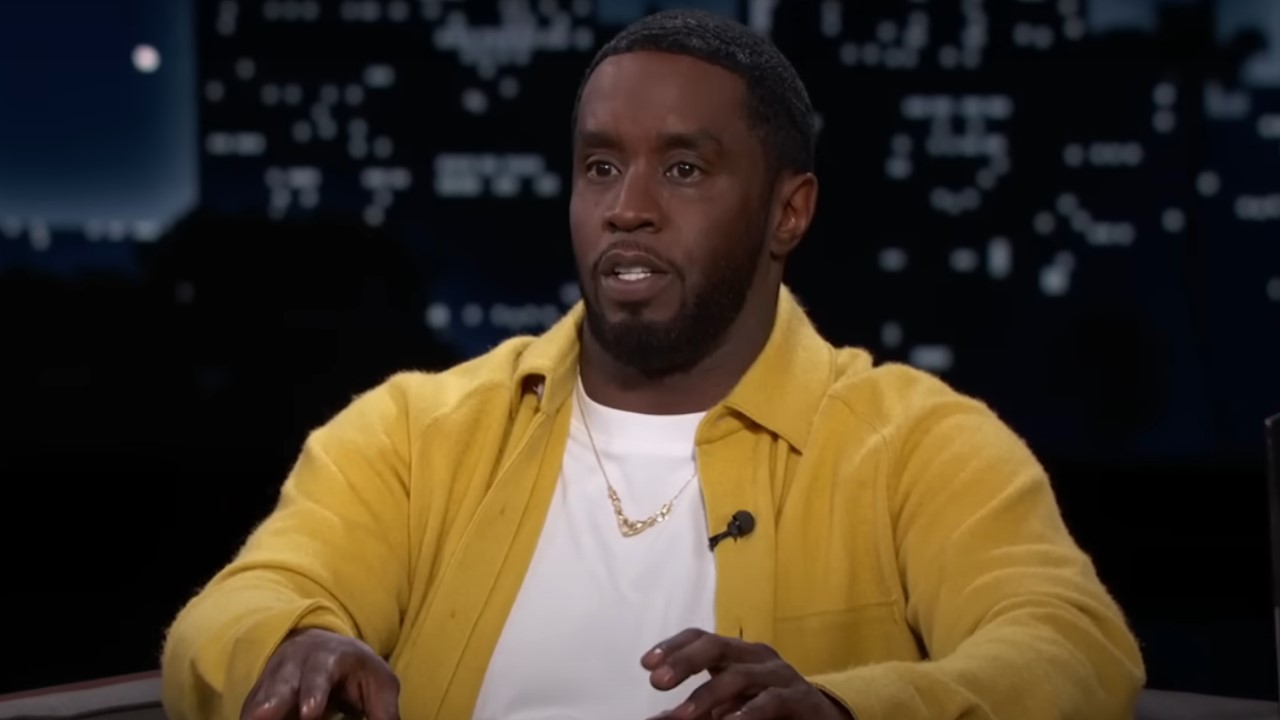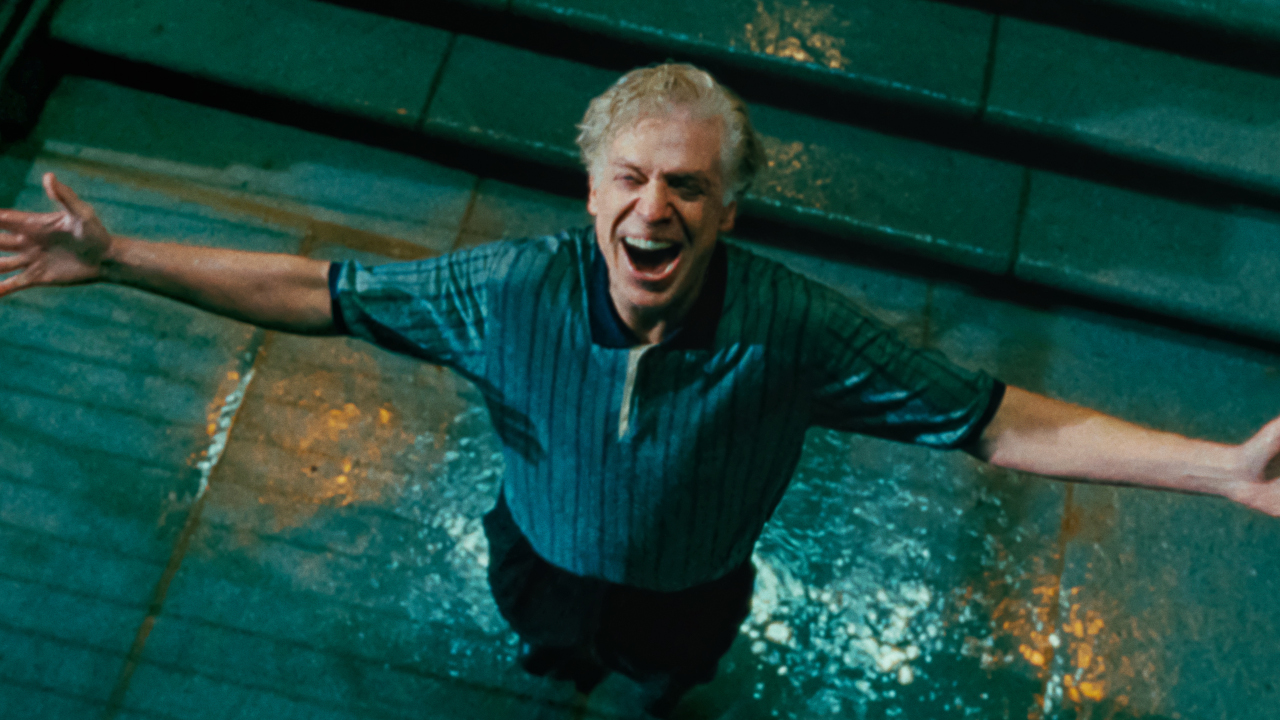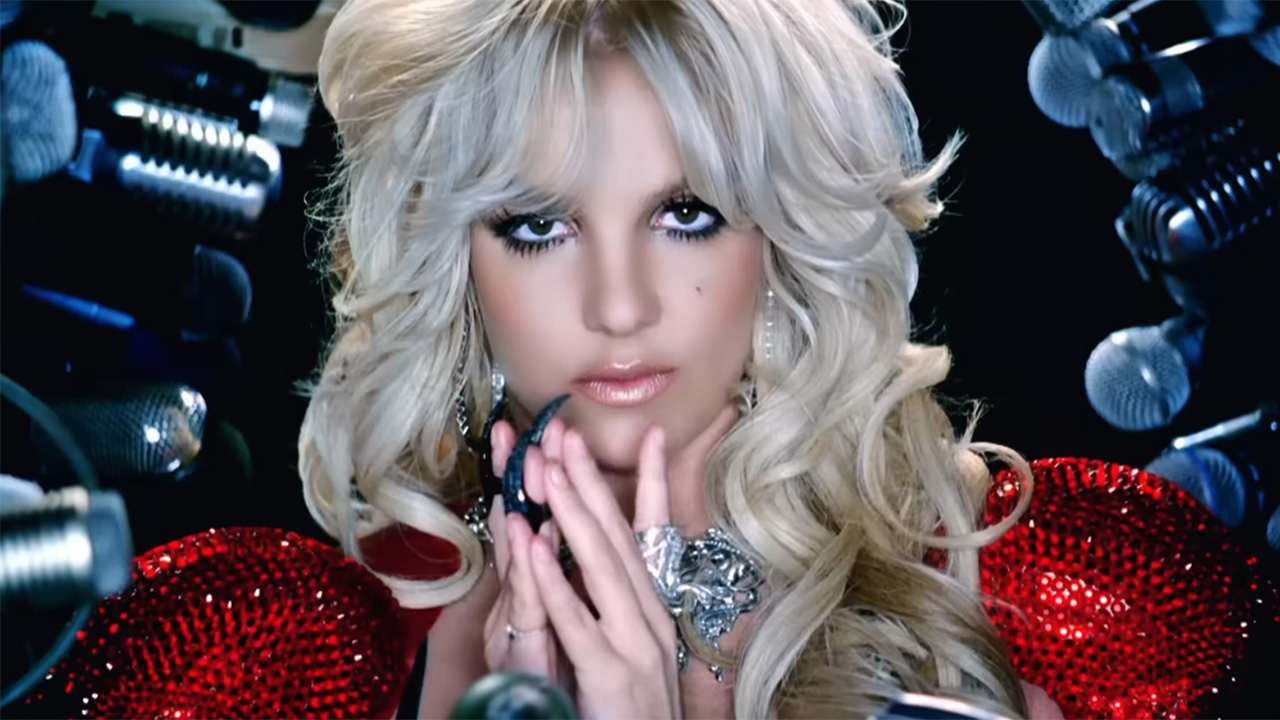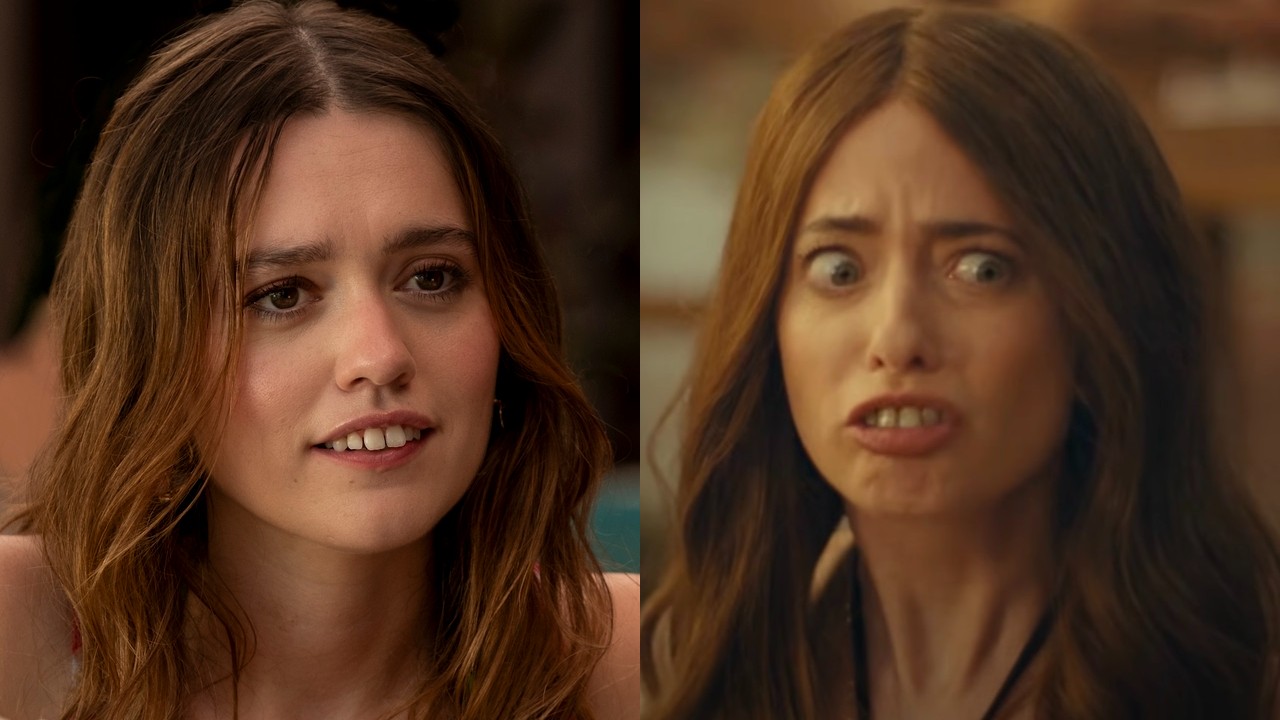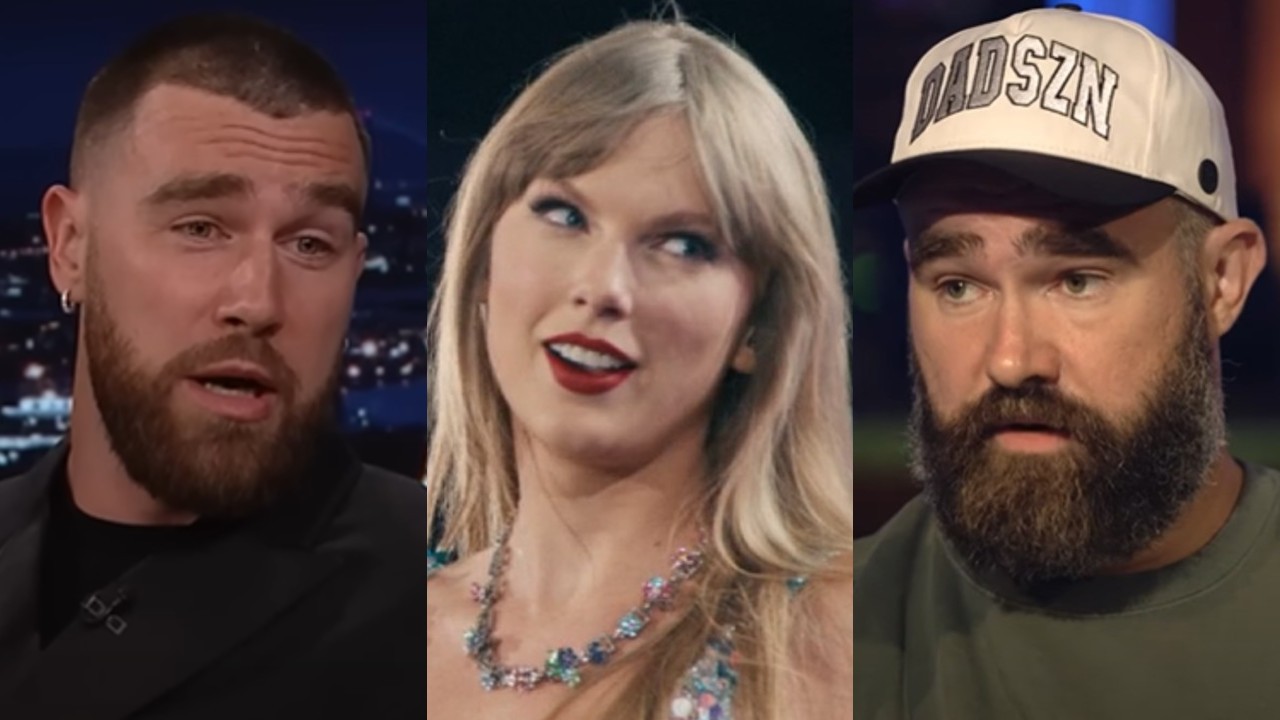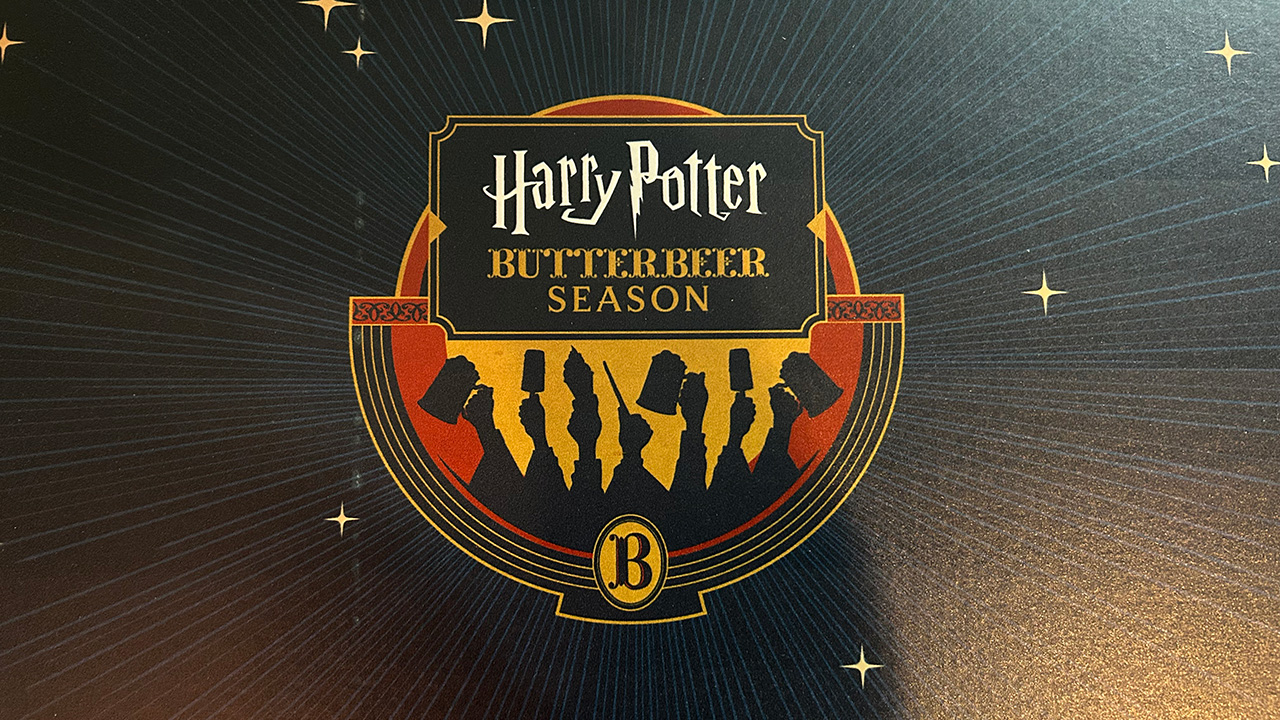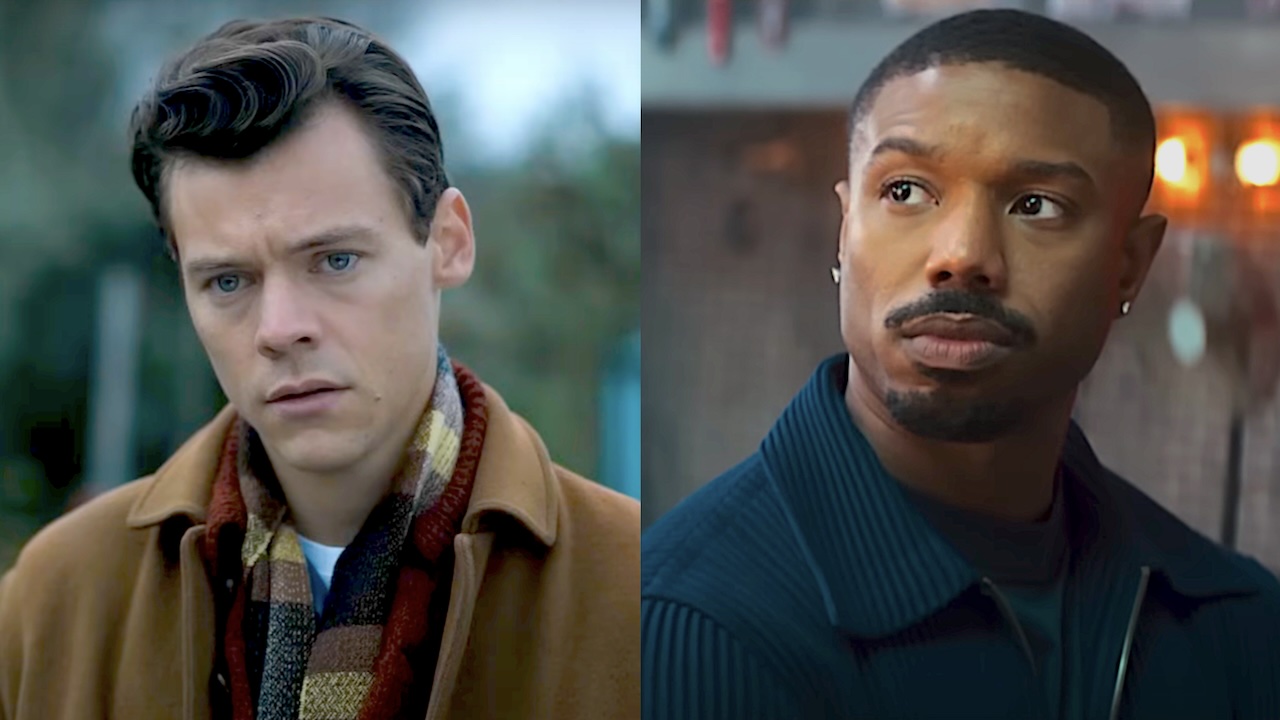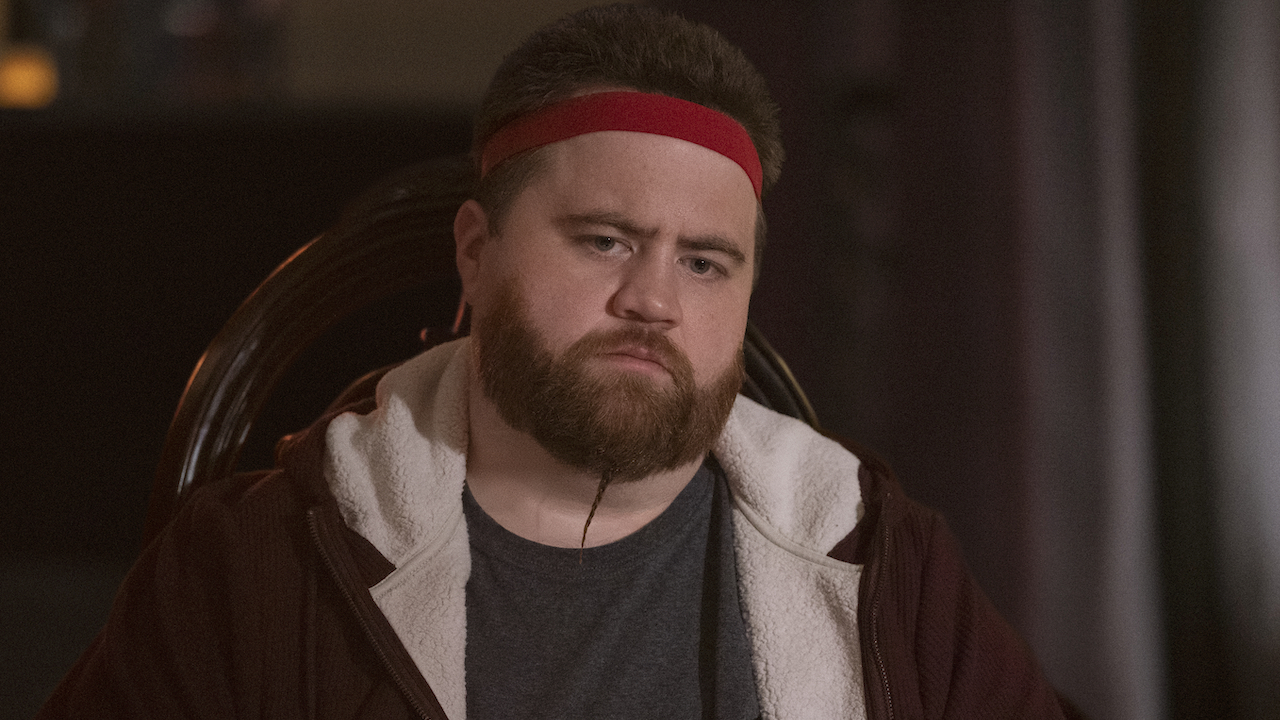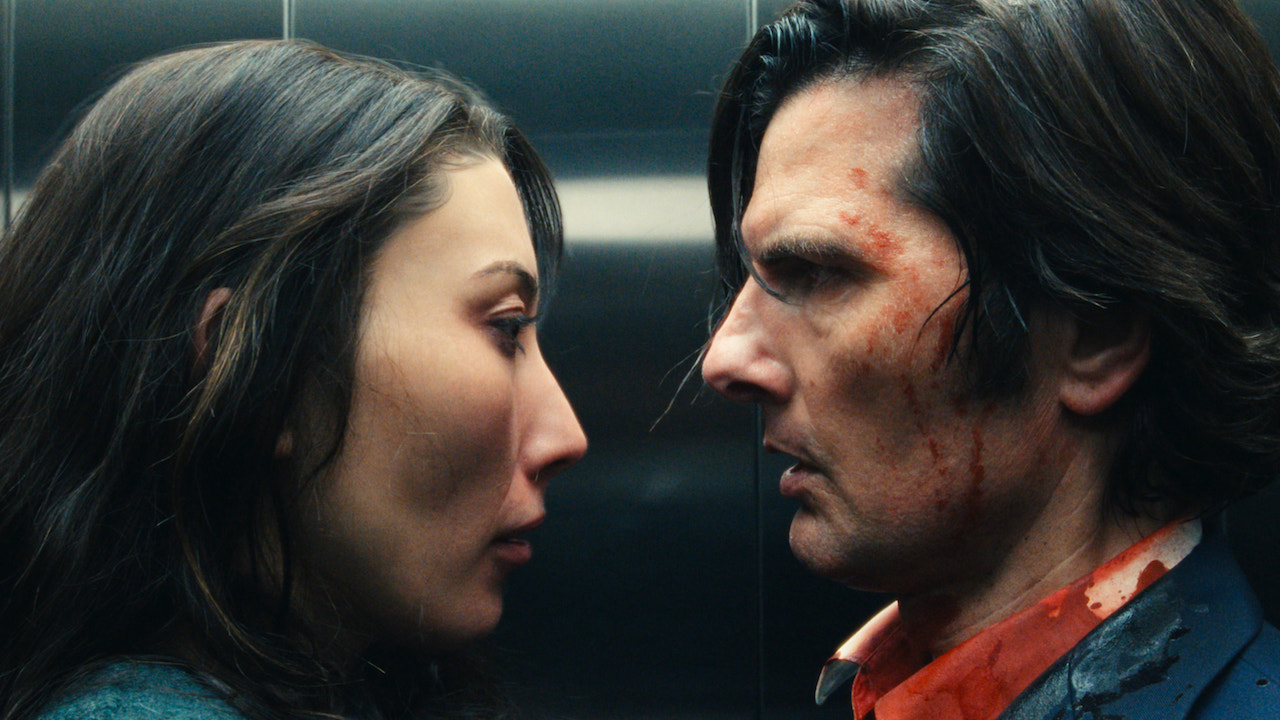Rob Zombie's Halloween Ten Years Later: What Worked And What Didn't
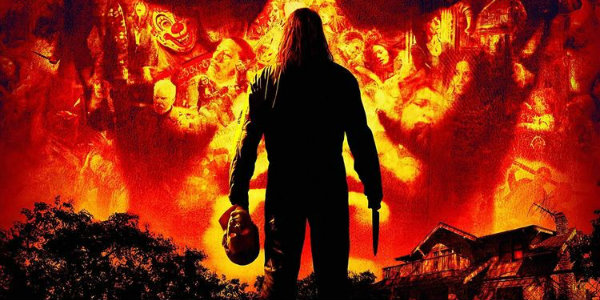
Remakes seem to be a dime a dozen in Hollywood these days, particularly in the horror genre. Some of these remakes do great things with the original material (such as Zack Snyder's Dawn of the Dead), while others do absolutely nothing and retread well-worn territory (such as Flatliners). However, in the pantheon of horror remakes, there's nothing quite like Rob Zombie's gritty, dirty, and downright polarizing Halloween remake from 2007.
With the Halloween franchise set to return to its original continuity when the latest installment in the franchise debuts next year on October 19, we figured now would be a great time to look back on Rob Zombie's Halloween ten years after its initial debut to figure out what worked and what didn't. We have many points to get to, so let's kick this list off with the remake's increased focus on Loomis' relationship with Michael.
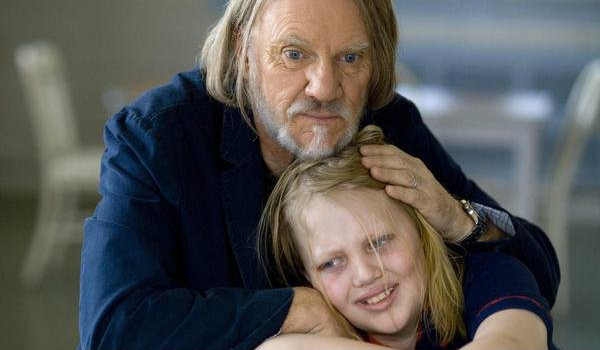
Worked: Focusing On Dr. Loomis And Michael
Although the later movies in the Halloween franchise would eventually dive into the deep connection between Dr. Sam Loomis and Michael Myers, the original film actually doesn't feature too much connective tissue between them ---other than Loomis' fear of Michael. For the remake, Rob Zombie went in the opposite direction to focus almost entirely on the relationship they built over fifteen years at Smith's Grove sanitarium . The result is a commendable reinvention of this iconic relationship and a nice change of pace for a franchise that has kept things consistent for decades.
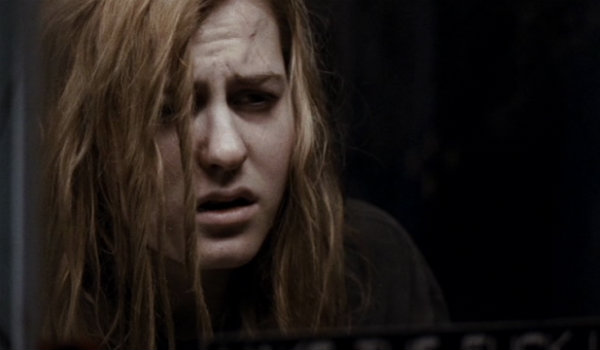
Didn't Work: We Don't Meet Laurie Until One Hour Into The Film
As a lousy tradeoff for more emphasis on the dynamic between Michael and Dr. Loomis, we don't meet the updated version of Laurie Strode until well over halfway through the movie. An hour of runtime passes before we see Laurie enter her kitchen on Halloween morning, and the film doesn't give us nearly enough time to get to know her and root for her as Michael gradually closes in over the course of the day -- which was very much the case for the first film. Rob Zombie short-changed Laurie in the service of Loomis and Michael, and it wasn't a great decision in the long run.
Worked: The Music
The Halloween franchise has one of most (if not THE most) recognizable soundtracks in the history of the horror genre. John Carpenter's piano-based original theme sets one of the best atmospheres that we have ever felt in a scary flick, and Rob Zombie wisely leans into the music from the original film -- with some updates by composer Tyler Bates thrown in for good measure. The music is a bit more haunting and heavy metal when compared to the rest of the franchise, but embracing the music nevertheless helps this feel like a bonafide Halloween movie.
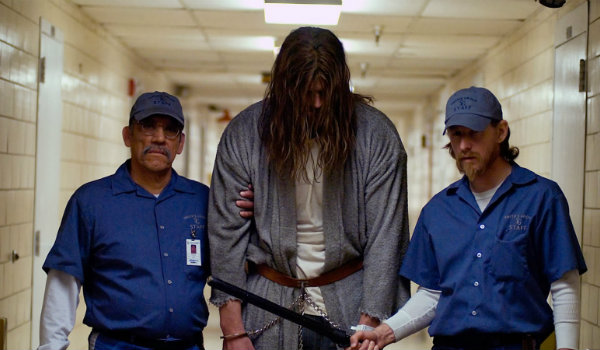
Didn't Work: The Grimy Aesthetic
However, as much as the music helps establish a tone that fans have come to expect from a Halloween movie, the dirty and grimy aesthetic kills much of that in the process. At its core, Halloween is supposed to be a story about evil coming to a sleepy little town that has seldom (if ever) experienced real violence. Rob Zombie throws that idea out the window by crafting a world full of thugs, rapists, and downright dirty individuals, and it sometimes feels like it guts the original movie of what it was trying to say about life in suburbia.
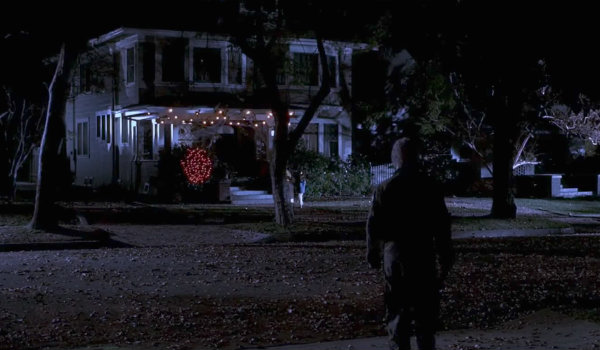
Worked: The Recreation Of The Original Movie
Once Michael has obtained his mask and set out on his mission to stalk Laurie Strode and her friends through Haddonfield, Rob Zombie's Halloween starts to shine. The sequences that take place on Halloween night are shockingly faithful to the original movie, but with a few left turns (Annie doesn't die) and some great scares thrown in for good measure. Moreover, Zombie arguably improves on Scout Taylor-Compton's Laurie because he makes her far more capable and skilled in her fight against Michael -- rather than continually turning her back whenever he goes down, which happens A LOT in the first movie.
CINEMABLEND NEWSLETTER
Your Daily Blend of Entertainment News
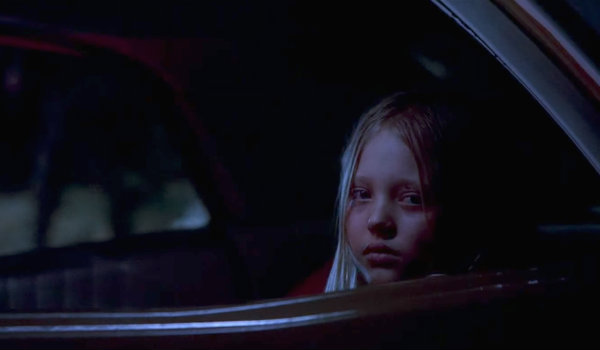
Didn't Work: Michael's Origin Story
Despite the fact that Halloween works really well as a remake in many of its third act scenes, the first act is admittedly tough to get through. Making Michael a disturbed child is an exciting twist on the core mythology of the character, but Rob Zombie takes it way too far by making Michael a full-blown murderer even before he decides to kill Judith Myers. Many fans have long argued that Michael always worked better without a definitive origin story, and Zombie's attempt to give him one inadvertently proved them right.
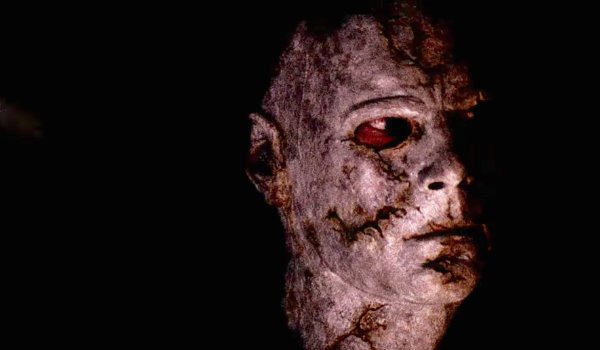
Worked: Michael's Mask
With the possible exception of the original Halloween movie from 1978, Rob Zombie's Halloween arguably features the best version of the iconic William Shatner mask ever committed to film. The early scenes of its immaculate, ghost-like face feel like the film was brought back in a time machine from the set of the original movie, and decision to naturally age the mask and have him return to it when he comes back to Haddonfield helps give it a more personal connection to his rampage through his hometown. As far as serial killer masks go, this is one of the best.
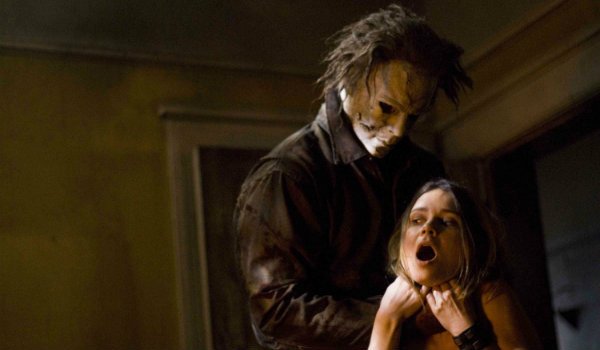
Didn't Work: Michael's Size
This may seem like a minor quibble to the average viewer, but making Michael Myers into an enormous, lumbering man takes away much of the original charm of the character. He's not Jason Voorhees or Leatherface; he's not supposed to be big, strong, or physically imposing. Michael is what happens when a good kid turns bad, but his overwhelming size in the updated version of the film creates the sense that he was always destined to turn into something not quite human. It's a small detail, but it takes away from an otherwise fascinating version of the character.
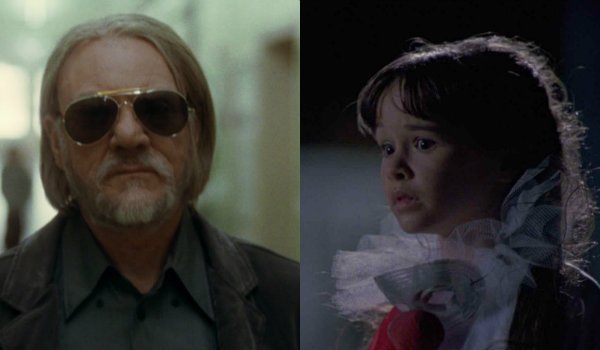
Worked: Malcolm McDowell and Danielle Harris
Out of everything that Rob Zombie does right with his Halloween adaptation one of the best decisions made was the decision to enlist the impressive acting chops of Malcolm McDowell and Danielle Harris. McDowell, an actor who needs no introduction for horror fans, is a certified icon for his portrayal of Alex DeLarge in A Clockwork Orange, and he imbues Sam Loomis with something different compared to Donald Pleasance's version. Harris, on the other hand, is an icon specific to the Halloween franchise -- having played Laurie Strode's daughter Jamie in Halloween 4 and 5.
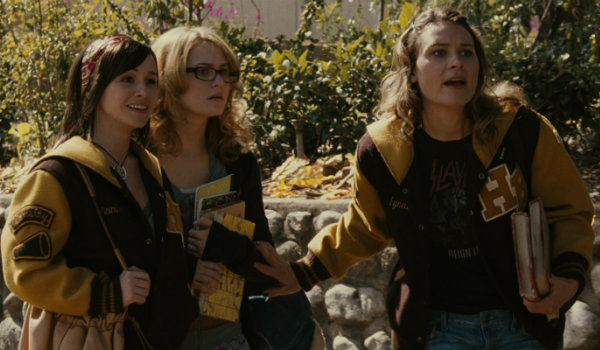
Didn't Work: Practically No Characters Are Likable
However, as much as fans of the Halloween franchise have come to love those two performers in the horror genre, it can't change the fact that almost none of the characters in Rob Zombie's version of Halloween are likable. Laurie Strode is immediately introduced as mean-spirited and nasty to other people, Loomis seems far more interested in the fame Michael will bring him than actually helping his patient, and most of the other personalities that populate Haddonfield just feel like they have far more business being in The Devil's Rejects or Texas Chainsaw Massacre than a Halloween film.
Originally from Connecticut, Conner grew up in San Diego and graduated from Chapman University in 2014. He now lives in Los Angeles working in and around the entertainment industry and can mostly be found binging horror movies and chugging coffee.

